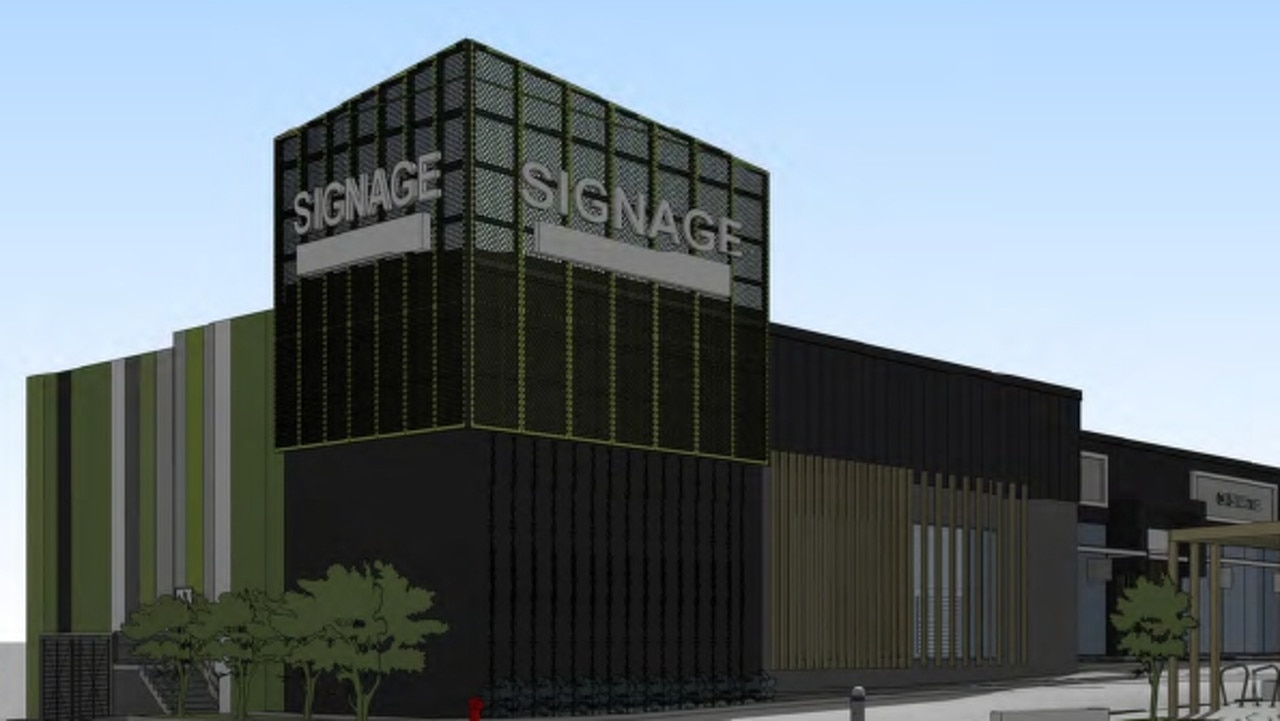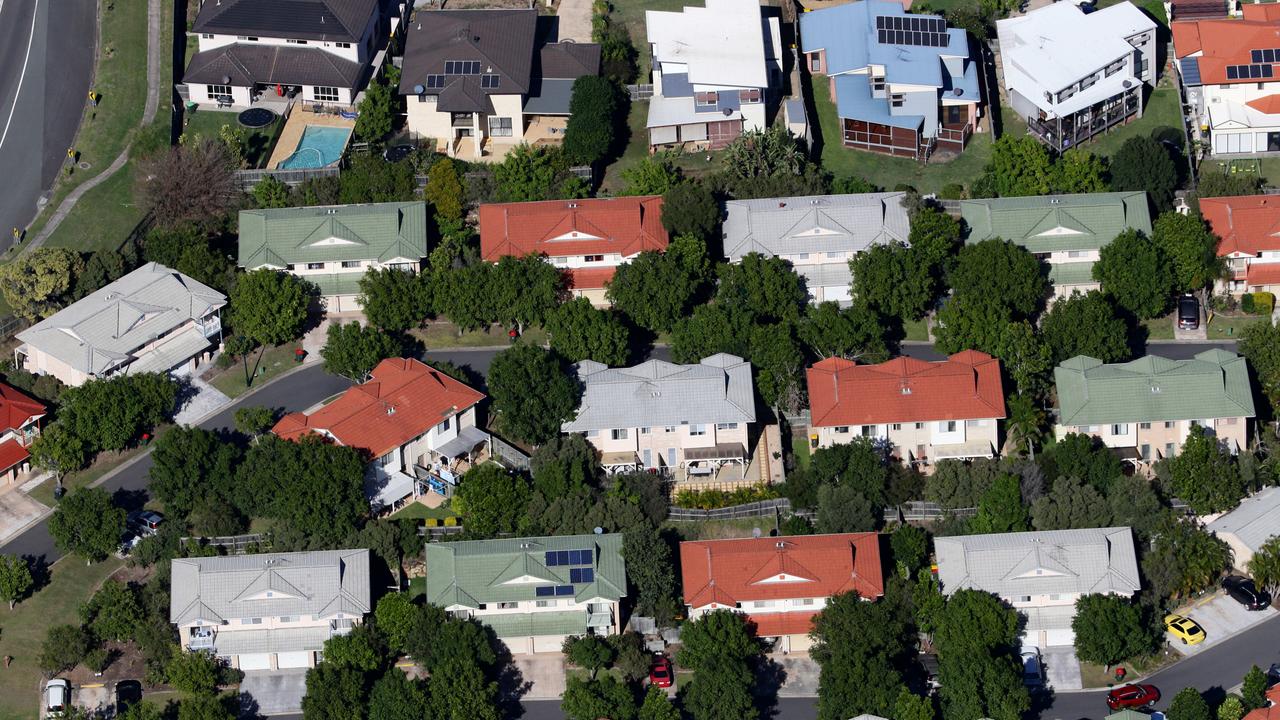$2k a month hit: NSW suburbs due biggest living cost rises
Homeowners in some areas could be facing substantially higher living costs by Christmas due to lending changes. See how your suburb will be impacted
Property
Don't miss out on the headlines from Property. Followed categories will be added to My News.
Forget a White Christmas – many Sydney homeowners face the prospect of a holiday season in the red, with monthly mortgage repayments double what they were in 2016.
The hefty repayment increases would come if interest rates rose to the 1.75 per cent level forecast by some banks to be a reality by year-end, according to analysis from PropTrack.
A 1.75 per cent loan rate would match what buyers paid in July 2016, shortly after Malcolm Turnbull led the Coalition to victory in that year’s federal election.
The difference is that massive rises in home prices since then would turn this interest rate into a much heavier burden for recent buyers, who have already been saddled with higher living costs.
The PropTrack data showed there were just over 100 Sydney suburbs where this rate would mean recent homebuyers paying more than $2000 in extra repayments compared to buyers in 2016.

There were another 150 suburbs where recent buyers would pay more than $1000 in extra monthly repayments compared to 2016 buyers on the same loan rate.
The higher loan costs would add to already soaring living costs, with petrol at $2 a litre, childcare costs up 18.5 per cent on 2016 and even the price of bread and milk up more than 10 per cent annually.
Annual wage growth was 2.4 per cent and inflation more than double that at 5.1 per cent in March. Wage growth in the years after 2016 also hovered around the 2 per cent mark.
PropTrack economist Angus Moore said housing affordability was already a major challenge in 2016 but has morphed into a much bigger issue.
“Rate rises are going to put a lot of strain on a lot of people,” he said.
This was largely because homeowners were using similar salaries to six years ago to buy properties priced hundreds of thousands of dollars higher, Mr Moore said.
“Wages won’t be able to keep pace with inflation and rises in the cost of living in the short-term. A lot of households will find it tough,” he said.
Wages could rise in the long-term to take some of the edge off of higher loan repayments, but households would have to hunker down until then, Mr Moore said.
Recent homeowners would face some of the biggest repayment challenges in historically cheaper regions where home prices ballooned during the early stages of the pandemic in 2020 and 2021.
This included much of the Central Coast, northwest, Sutherland Shire and outer north shore suburbs such as Hornsby, according to the PropTrack data.
Central Coast suburbs where repayments on a 1.75 per cent loan rate would be nearly double what they were in 2016 included Blue Bay, Avoca Beach, Jilliby, MacMasters Beach and Copacabana.
The latter two suburbs would record the most extreme rises.
A homebuyer paying today’s prices in MacMasters Beach with a 20 per cent deposit would need to fork up $4480 more per month than a buyer paying 2016 prices at the same interest rate.

The difference in Copacabana would be $3940 in extra monthly repayments due to the median price of a dwellings in the area rising from $700,000 in 2016 to the current $1.78m.
Homeowners would face a similar burden in the southern suburb of Bundeena if rates rose back to 2016 levels: the difference in average monthly repayments compared to six years ago would be $3950.
SQM Research director Louis Christopher said housing affordability was a bigger issue than in 2016 and even compared to back in the late 1980s when interest rates were 17 per cent.
“The biggest challenge then was getting access to a loan because the lending environment was different,” he said.
“There was a quota on loans. If you got one you were lucky, but after that it was far easier to buy relative to your income … it’s easier to get a loan now, but not easier to buy a house at fair value.”
Mr Moore said the common perception that buyers had it “harder” in the 1980s no longer stacked up.
“In some ways it was harder to service a mortgage because rates were higher, but prices were lower compared to incomes so you could save a deposit much faster and there was more wages growth,” he said.
“You’d have a situation where year one of your mortgage would be crushing, but year five would be fine because your wages had grown. That’s not happening for (current) buyers.”
‘WE’RE PREPARING’ FOR RATE RISES
Homeowners Melissa Turnbull-Katebi and husband Poya Katebi said they were already hunkering down in preparation for another rate hike knowing it “will hurt”.

The couple purchased a home in Emu Plains late last year and recently refinanced to get a better variable rate, but Ms Turnbull-Katebi said they bought knowing rates would never stay low forever.
“We are planning for it, rather than hoping it won’t happen,” she said.
The financial planner said they were watching what they spent and cut down on many of the luxuries she knew frequently chewed up most household finances.
“We split our income into buckets,” she said. “All our savings go into an offset account but we also have separate accounts to pay groceries, bills and even for what we call ‘pocket money’.
“It’s a much more effective way to keep track of what you’re spending … I’m personally not apprehensive about rate rises because we’ve budgeted for them.
“A lot of people don’t even know what they’re spending their money on.”
Mortgage broker Rebecca Jarrett Dalton said most borrowers would have had their finances stress tested by banks at a higher rate than they’re actually paying.

This would mean they’d normally be able to afford an increase in repayments, but cost of living increases would make it much harder.
“Increased cost of goods is going to put so much extra pressure on people. We are all going to feel it.”



